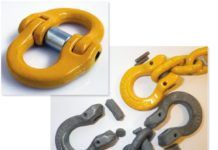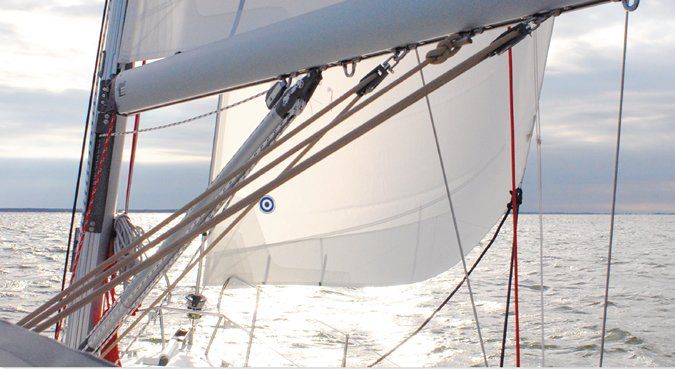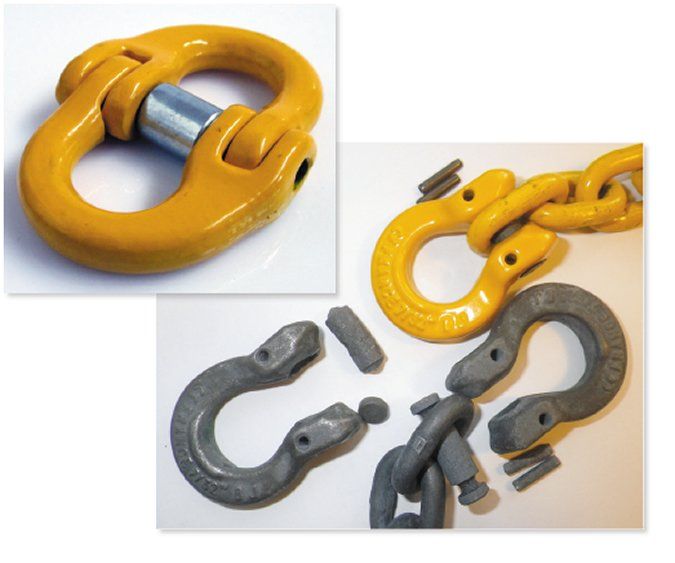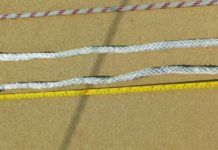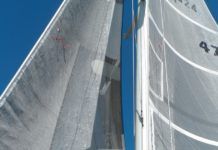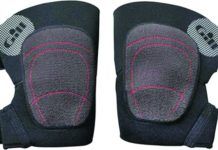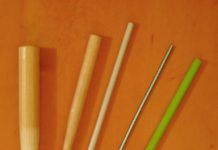Cam Cleat Wisdom
Sailing is all about pulling and securing strings. For infrequent securing, a horn cleat works fine. Others are constantly tweaked and require something more responsive. Cam cleats have become the go-to tool when we need easy adjustment or instant release. But for the cam cleat to work as intended, an often overlooked component comes into the picture-the fairlead. Before you replace or add new cam cleats, consider the following fairlead options
Adding a Polyester Cover to Dyneema Single Braid
Extremely low friction allows Amsteel and other high molecular weight polyethylene (HMPE) lines to run like lightening through low friction rings. Unfortunately, they also run right through cleats, jammers, and your hands. If a jammer did hold-and it wont-the load would probably exceed the capacity of any device that matched the lines tiny size.
Splice Failure Linked to Fatality
On the 4th of September 2015, Andrew Ashman was killed during an accidental jibe, when the boom delivered a fatal injury to the base of his neck. The boat, CV21 Ichor Coal, had been running in strong conditions, and yawing allowed the wind to get on the wrong side of the mainsail, as occasionally happens. A preventer was rigged, but a strop securing a low friction ring turning block near the bow failed, allowing the boom to cross the cockpit unrestrained. On such highly engineered boats, how did this happen?
A Sure Way to Secure the Boom
When the wind really blows, the pleasant chiming of a marina takes on a different character. Above the howling of the wind is the Devils Tattoo, the racket of one hundred poorly-secured halyards hammering against aluminum. Booms creak from side-to-side, and some pound against stays. Workers are distracted and anyone living aboard wishes his neighbors had taken a few small steps to preserve the peace, not to mention their rig.
Making Sail Repairs Last
Polyester has long been the workhorse sail fabric; durable, easy to sew and handle, and relatively stretch resistant. It is also relatively easier to repair (see Sail Repair Tapes vs. Glues, PS November 2017). Racers needed something that was lighter and held an aerodynamic shape better, and so laminate sails were born, using Mylar films and non-stretch fibers such as carbon and Kevlar.
Long-term Clear Vinyl Protection
When the clear vinyl on one of our multihull test boats began to crack and fade after approximately 10 years, the costs estimates for window replacement began at around $1,500. Thus began our investigation into ways to prolong the life of clear plastics. In previous issues weve reported findings at the six-month and two-year marks. Here, we present a last look at products and best practices to preserve clear plastics, and the five-year performance of four popular types of clear plastic in the marine environment.
Best Sailing Gear of 2018
Each autumn, Practical Sailors staff reviews the Best Choice winners from the previous 12 months of gear tests and selects 10 to 15 products that stood out above the rest. This year, the bulk of our testing focused on trouble-shooting failed safety gear, challenging traditional lore, and seeking out inexpensive do-it-yourself solutions to common problems. Our testers looked into everything from unconventional approaches to sail repair to the best option for marine air conditioning.
What Chain Connector Will Fit My Gypsy?
Regarding your recent article on joining chain segments, Ive been coastal cruising from Canada to Panama since 1983, and continuously since 2005. I have wondered about using a single 5/16-inch shackle, which will connect two lengths of 3/8-inch, G-43 chain. The Crosby top of the line 5/16-inch will go around the gypsy pretty well. I tried it, but I am reluctant to use it. Any thoughts?
A Riveting Report: Spar Fasteners
Every sailor eventually feels the pull to add hardware to their spars. Maybe a piece of hardware has broken off, or the fasteners look suspect. Or you perhaps you want to add mast steps, or a cheek block for external reefing.
Deft Theft: Make & Find Your Own Marine Gear
With more time than money on our hands, the sailors innate resourcefulness kicks in. Here are a just some of the penny-pinching projects tech editor Drew Frye has undertaken to improve his sailing life.













